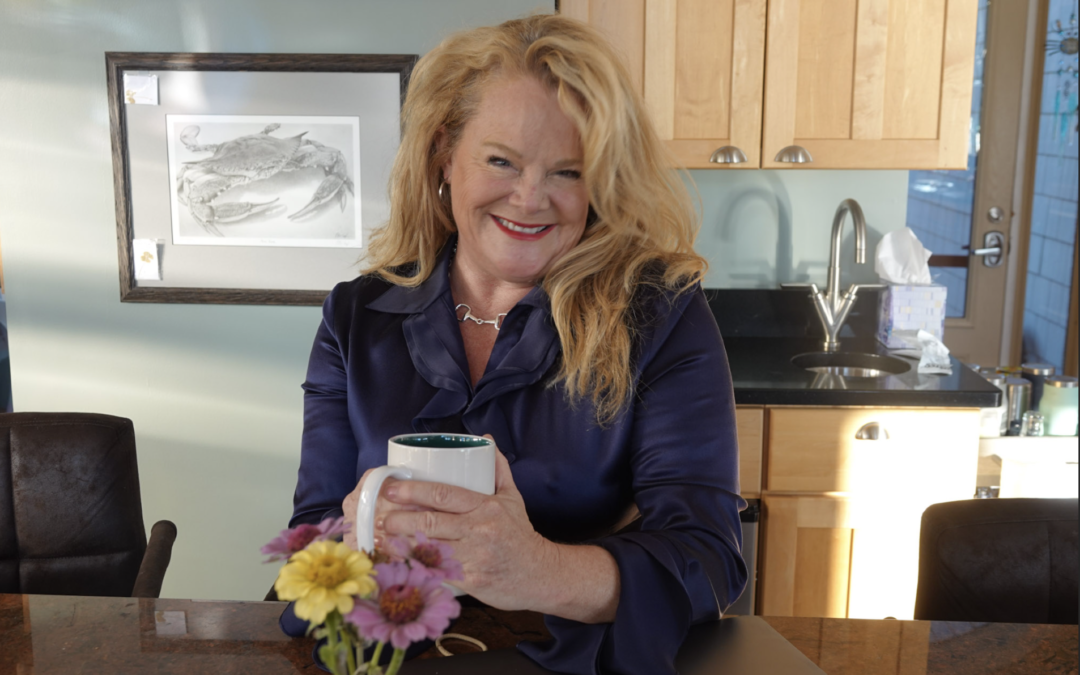Whoa, hold onto your backpacks, folks, because the 2023 college admission results are in, and boy, was it a wild ride! This year was anything but predictable, with more applications flying around than ever before. It was like a game of musical chairs, and the competition was fierce. So, what happened? Let me give you the lowdown on the key trends that emerged from this rollercoaster ride.
First off, we had application inflation. With the option to skip the SATs and ACTs, students applied to colleges like there was no tomorrow. Unfortunately, some schools got more than they bargained for and couldn’t even keep up. But hey, that just means more options for students to consider, right? Wrong. Without a well-curated list of likely, safe and reach schools, you are basically shooting in the dark. Students should apply where they fit academically, socially, geographically and financially.
Secondly, Ivy League schools and other selective colleges were like, “Sorry, not sorry” with acceptance rates dropping to 3-4%. It’s like trying to get into a secret club, only the bouncer is an admissions officer, and they’re not letting anyone in. Or it may seem this way. The bottom line is, test-optional opened doors for way too many unqualified candidates to simply throw a “hail mary” just to see if they could get in. These schools admit the same kids every year. They are brilliant, often legacies, have insane research projects and classwork and usually can pay full price. j
Thirdly, the early bird really did catch the worm. Applying to colleges with early action and early decision options was all the rage, with almost half of the applicants opting for this route. Who wouldn’t want a head start in the college decision-making process? A head start is only good for those students who can show the classes, the grades and the test scores needed to apply in the early round. The early birds were ready! They had researched, had consistent grades and activities and knew the odds before applying.
Fourth, record-high deferrals at many schools left students feeling like they got stood up on a date. Applying early just didn’t cut it, with many high school seniors deferring to a later date. Some schools like Georgetown defer most of their early applicants. This is way more about them than about the quality of the applications. Schools like this want to protect their low admissions rates and do not give out offers until they are fairly certain the student will yield (say yes) and there is less certainty with those in the Early Action round.
Fifth, for all you sports fans out there, successful sports teams drove application inflation at many schools. The University of Tennessee saw a massive increase in out-of-state applications, and as a result, the acceptance rate for out-of-state students dropped by half. Now watch what happens to Georgia this year. Popularity is important to some.
Sixth, getting into state schools and flagship universities became increasingly difficult, with in-state students facing more competition for spots due to an increase in out-of-state applicants. So, students had to get creative with their college lists. We always suggest that you have at least one in-state school on your list. This will always help the bottom line as those are more affordable than out-of-state and private schools. But some are getting difficult and are looking more like Public Ivies; the University of Virginia, University of Michigan, UT Austin and UCLA. Even Maryland got a bit high on themselves this year and turned down loads of local kids and even legacy students.
Seventh, highly selective majors were all the rage, with students flocking to popular majors like biology, business, engineering, computer science, and nursing. But be prepared to put in some serious work to secure admission if you must declare a major when you apply. For example, the admissions rate at Virginia Tech is very different between liberal arts and engineering. Computer Science programs often have higher standards for all students. You need to KNOW.
Lastly, academic and extracurricular engagement took center stage. Colleges want students who don’t just have perfect grades and test scores, but also a commitment to making the world a better place. How can you show a thread of interest throughout your high school journey and also differentiate yourself from all of the other “involved” students and leaders?
So, there you have it, folks, the eight trends that defined the 2023 college admissions season. Now it’s time to buckle down and start planning for the future. Good luck!
We can help. Annapolis College Consulting has several new products for this year including:
Do It Yourself Families: APPLICATION BLUEPRINT is an affordable option @ $59/month or $600/year complete with live seminars and a workbook. Live Q&A sessions and supportive families.
1:1 Comprehensive Services SERVICES take your student through the entire process from getting started, through building lists, writing essays, practice interviews, digital resumes, applications and more. Included is our CounselMore software and parent notification system that helps us plan and track all of the pieces of this unique and often overwhelming process. $6,500
Comprehensive Plus is the 1:1 Comprehensive program PLUS a customized research project and test prep for the high achiever (this is by invitation only). $11,000
Hourly Package Starting at $2600, this is 5 1:1 meetings and access to our complete software program. The student determines the meeting topics and these are available for a limited number of students each year.
Essay Only Here are our options for essay work.
Book your free 30 minute appointment now and learn about all the ways we help to lower family stress during the process. BOOK WITH LEE

